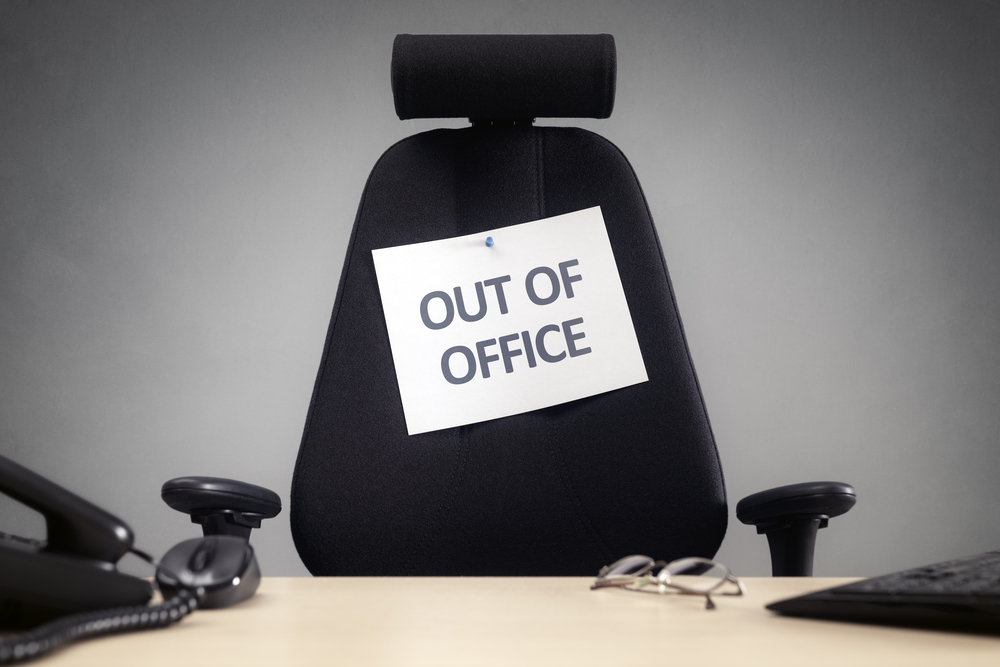Do you find the world of “accountant speak” confusing? It is no wonder. With with a world of numbers crossing into legal requirements and then back into real life – the complexity can be overwhelming.
And if you then overlap the presentation of your financial statements into statutory tax obligations which can impose a mandated presentation of accounts: it is no wonder that many family owners shake their heads in despair.
Wouldn’t it be great if business accountants invented one universal number that could explain how the business was run?
Well accountants have not developed that number sadly.
It was a explosives salesman (Donaldson Brown) in 1912 who worked for Dupont Corporation. Mr Brown developed an efficiency ratio that is still used by major companies around the world.
The concept is simple.
An operational balance sheet.
A business has assets that generate income. And those assets are funded in one of two ways – funding from the family business owners or funding from somebody else.
The way in which the business assets are funded does not affect how well the assets are used. If you have an truck that is financed by shareholder cash, a lease or a mortgage – the type of finance does not affect how well the truck is run. The driver determines how well the truck is run. So if the funding is irrelevant we should take away anything to do with funding and put it outside of our key number.
Only some assets in a business are business assets. Some businesses have assets that are totally irrelevant to the business. We often find a business that will, for some unknown reason, own a holiday home for the directors. It might be that the family owners have stockpiled a big wad of cash in the business because to take it out of the company will create a big tax bill.
Whatever the reason – only business assets that generate income should be considered in the equation. So those operational assets are debtors, inventory, fixed assets and creditors and relevant. The rest of the assets – like goodwill, prepaid bank fees or cash – does not make the business money.
So again – if you want to create a simple “like for like” number that tracks operational efficiency – only the operational assets should be looked at.
So we know end up with an “operational” balance sheet. This is the type of document that a key front line employee will be able to change or adjust.
An operational profit and loss
We previously discussed how the business borrows money is irrelevant when considering how well the assets are generating income.
So to look at profit you will have to look at the profit before interest.
Taxation is not a factor when looking into how well the assets are working. Taxation is a contrived artificial construct of politicians that attempts to fund revenue. Certain types of commercial undertakings pay less tax. Chartered Accountants and tax lawyers can make taxation in some ways a voluntary undertaking.
So you will now look at profit before interest expense and taxation.
Some of the assets in the business were not connected to the business. So if the holiday home, or the share portfolio generated income, then the share portfolio or rental income should be taken out.
Return on capital employed (ROCE)
If you then take the operational profit (accountants call it EBIT) and divide it by the operational assets you will have the return on capital employed.
It will give you a single number that explains how well you are running your business from month to month.
So what is your ROCE?
At this stage most people want to know what their ROCE should be – and that is largely an irrelevant question. A shipbuilder or toll road company has a lot more capital employed to make their profit. Than say, a fast food shop – which has a high stock turnover.
Even the act of benchmarking your industry can become difficult. Getting solid meaningful data for many family owned businesses is difficult due to the privacy of these families.
Even if you could identify your competitors ROCE you should ask why? Is you competitor exactly the same as you? If they are the same as you – you probably need to shut up shop as you can only compete on price.
Many businesses have focused on internal positioning of a product and changing the way the market perceives their product – creating a unique proposition. So if that is the case identifying and targeting your own ROCE for your family business is a key strategy.
Once you have your ROCE identified create a software solution so you can look at your family business ROCE on a real-time basis with minimum fuss. Futrli is one type of solution that gives you the flexibility to report on key performance indicators that are relevant to your business.
There are many ways of tracking ROCE of course. It is just that we provide Futrli to our clients as a complimentary piece of software.
Regardless of how you track ROCE – getting the family owners to identify and communicate the ROCE to the CEO of the family business is critical. The ROCE required by the owners will often drive the strategy of the CEO.
Even if the family and the CEO is the same person taking the opportunity to put on an “ownership hat” on and identify the ROCE (as compared to an “operational hat”) is critical on the start of professionalising the family business with discipline and rigour.
Need help identifying your family businesses ROCE, or wanting advice on tax planning and deductions? Get in touch for more info.






